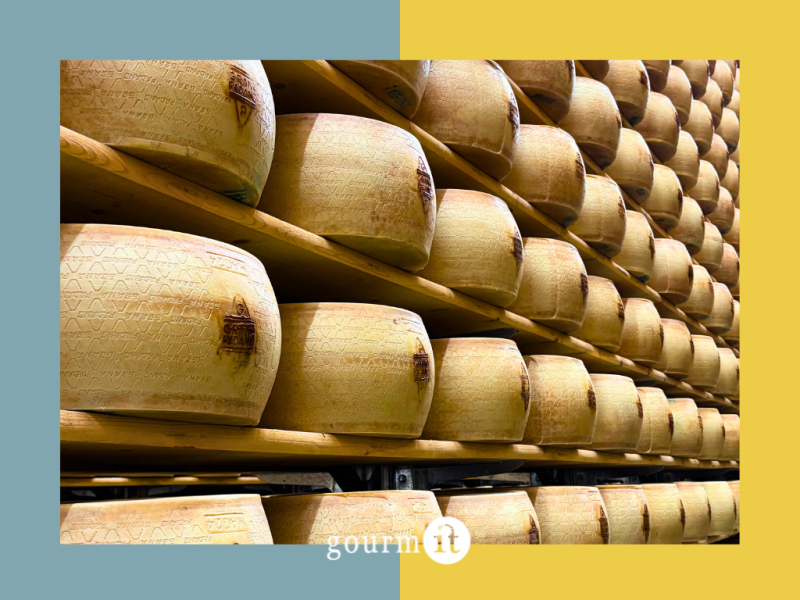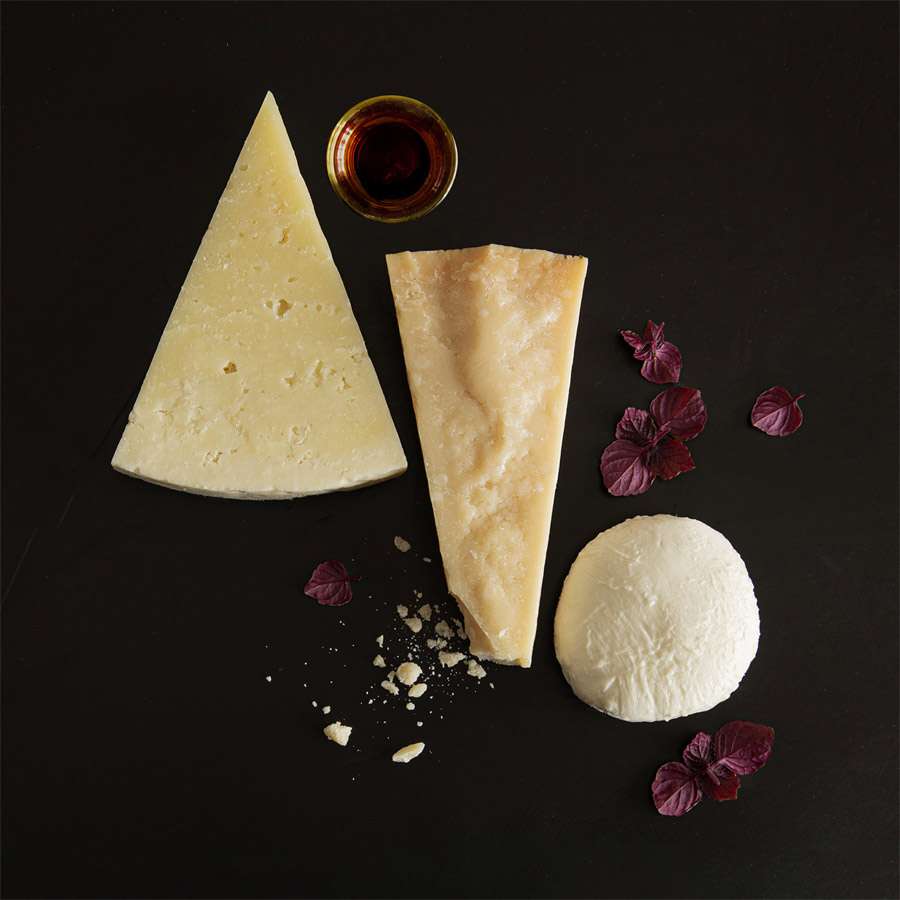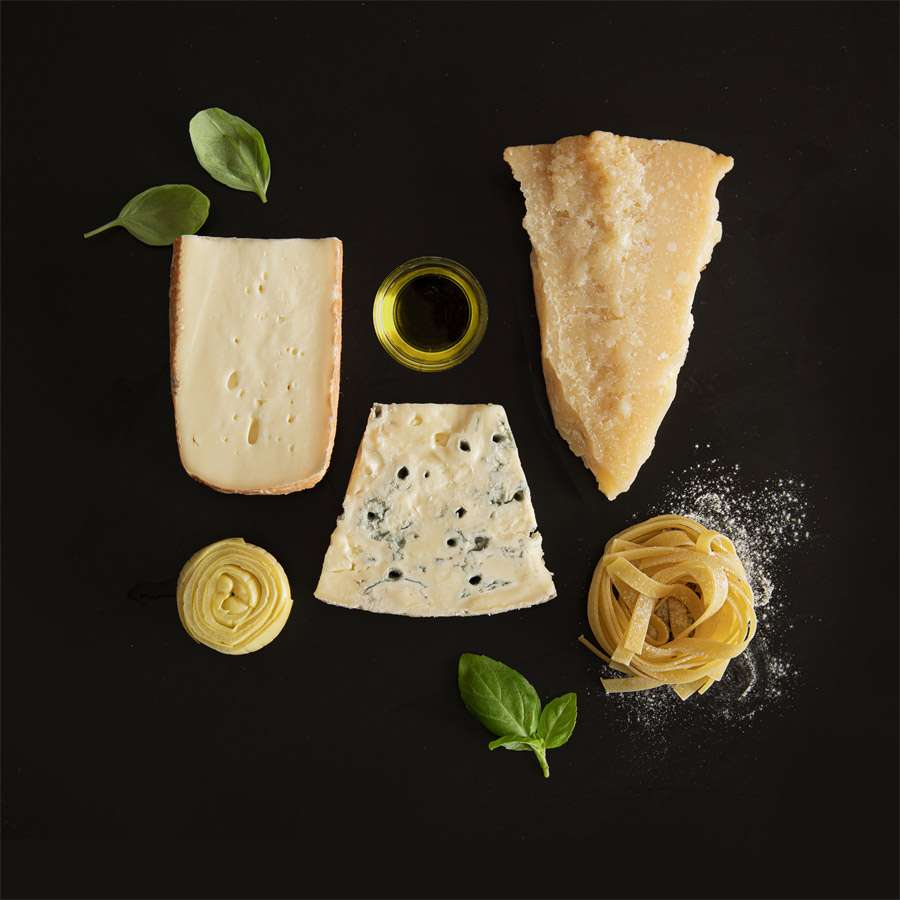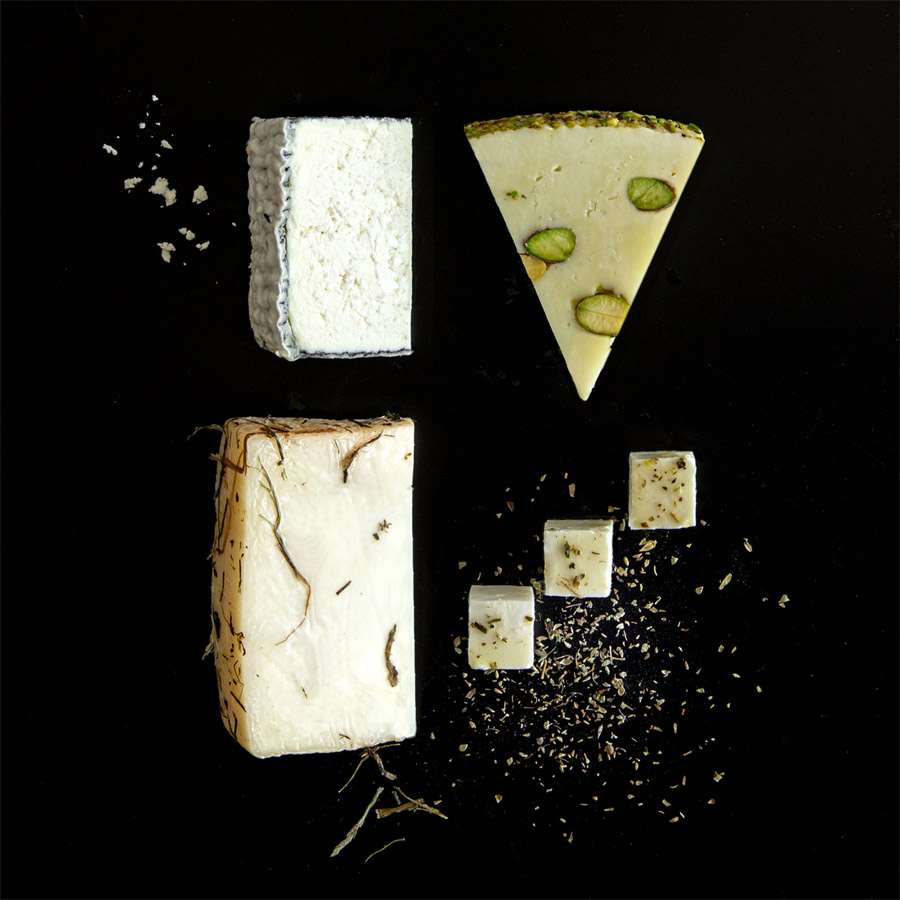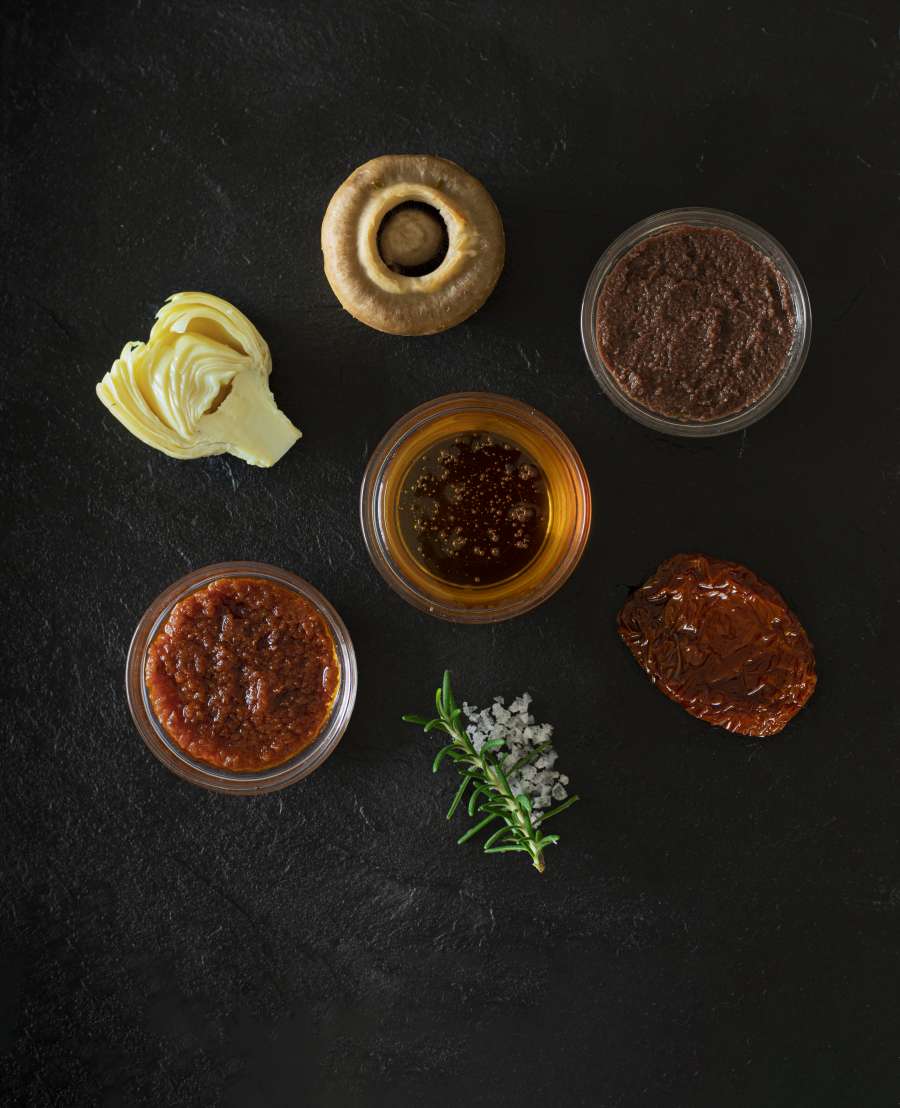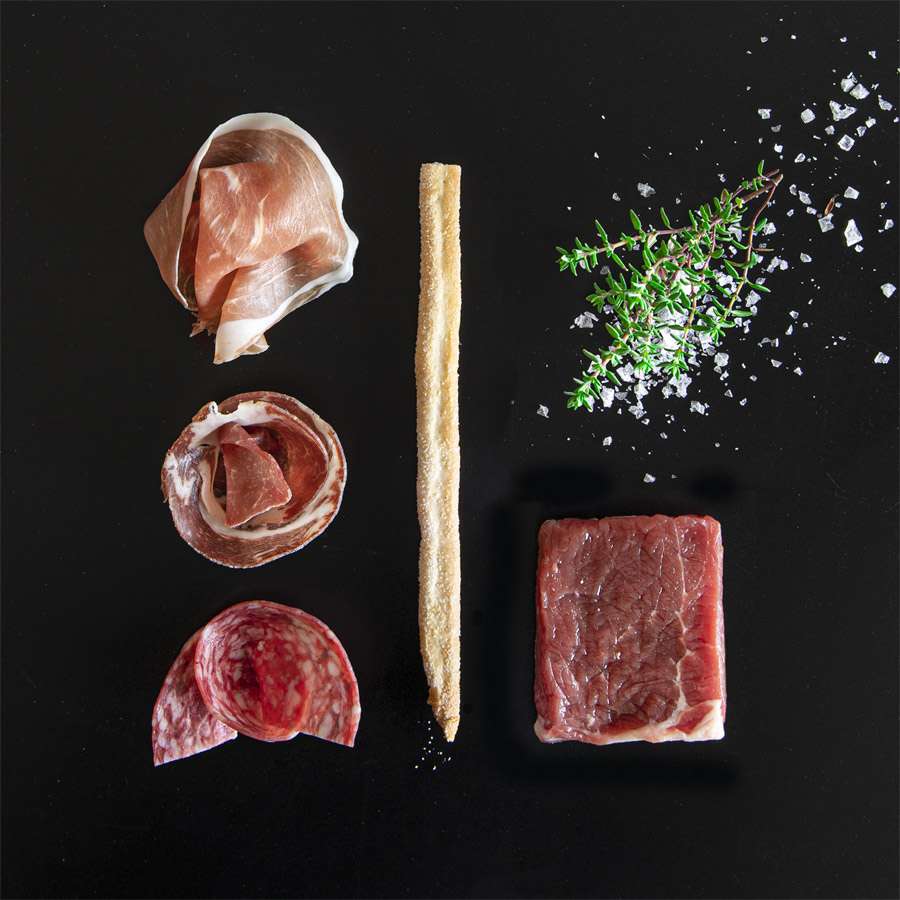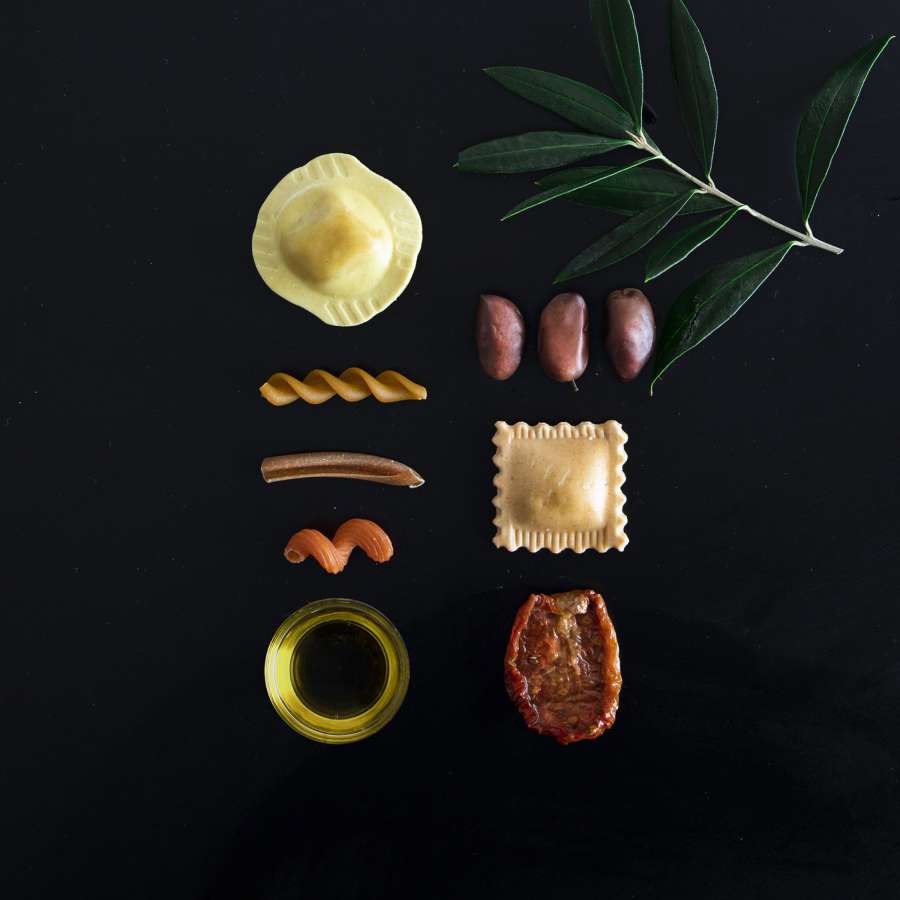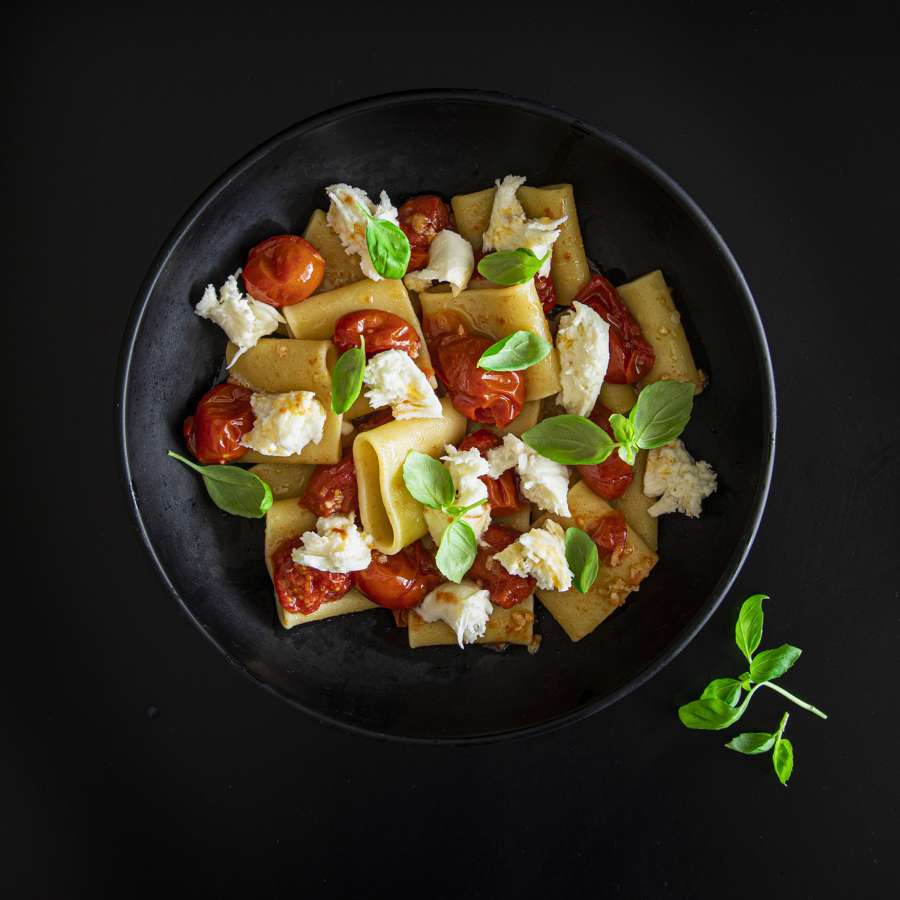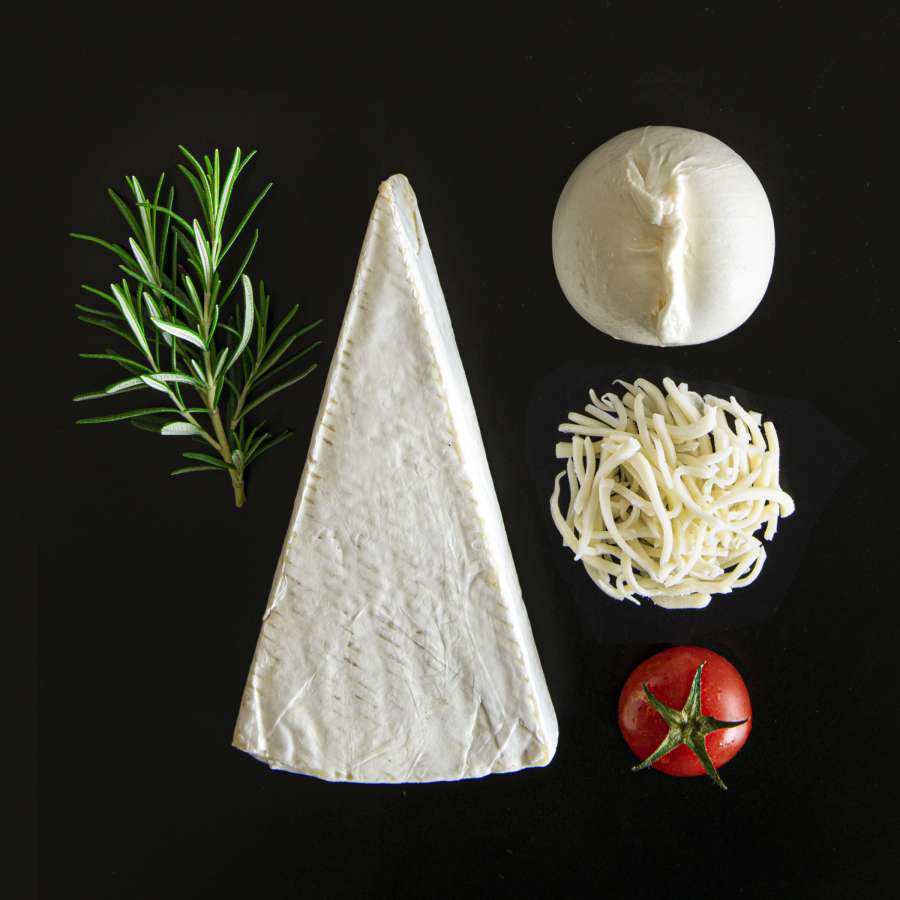To delve into the world of Grana Padano DOP is to embark on a fascinating journey back in time, discovering an undisputed icon of Italian gastronomy. Far more than just a cheese, Grana Padano encapsulates nearly a millennium of history, a heritage of knowledge and tradition that defines its inimitable value. For international buyers and food industry professionals, understanding these deep roots is fundamental to fully appreciating the essence of a product that goes beyond the concept of a mere ingredient. This article will guide you through the extraordinary origins of Grana Padano, a brilliant invention born from the ingenuity of medieval monks.
The Intuition of the Cistercian Monks: When Necessity Meets Ingenuity:
The origins of Grana Padano are rooted around the year 1000 AD, in the heart of the fertile Po Valley, once characterized by lush forests and marshy areas. The turning point came thanks to the tireless work of the monks, particularly those of the Chiaravalle Abbey, founded in 1135 near Milan. Faithful to the Benedictine motto "ora et labora" (pray and work), the Cistercian monks dedicated themselves to impressive land reclamation works, transforming the land and fostering the development of livestock farming.
This agricultural transformation led to a significant abundance of milk, a precious yet perishable resource. The surplus beyond daily consumption represented an unacceptable waste for the pragmatic mentality of the monks. It was precisely from the need to preserve this valuable food that their extraordinary intuition arose. In the silent cellars of the monasteries, veritable "milk centers" ante litteram, the monks developed an innovative technique: a long cooking of the milk in large copper cauldrons, the addition of rennet, the careful salting of the curd, and, above all, a patient and prolonged aging process.
From Caseus Vetus to "Grana": The Genesis of an Iconic Name:
From this meticulous process, a hard cheese with a compact and pleasantly granular texture was born, capable of being preserved for a long time while maintaining its precious nutritional qualities intact. The monks, learned connoisseurs of Latin, designated it with the term caseus vetus (old cheese), thus distinguishing it from the fresh cheeses typical of the time. However, it was popular wisdom that conferred upon it the name that would make it famous over the centuries. Noticing its unmistakable granular consistency, due to the presence of tiny calcium crystals, the people of the countryside began to call it simply "formaggio di grana" (grain cheese), or more concisely "grana". This denomination spread rapidly, often linked to specific production areas, giving rise to variations such as Grana Lodigiano (considered the oldest), Milanese, Piacentino, and Mantovano.
A Success Foretold From the Origins:
The reputation of "grana" grew with surprising rapidity. As early as 1504, Isabella d'Este, the influential Marchioness of Mantua, offered it as a gift to her relatives in Ferrara, testifying to its prestige and appreciation. It soon became a central element of the social and economic fabric, loved and consumed by all classes: a prized ingredient in the refined noble kitchens and at the same time a nutritious and fundamental food in the diet of the popular classes.
An Indissoluble Link Between History, Territory, and Excellence
The thousand-year history of Grana Padano is not just a fascinating tale, but the testament to a profound connection between human ingenuity, the richness of the Po Valley territory, and a passion for quality. This heritage of craftsmanship continues to thrive today, carefully passed down by producers who, like the historic Latteria Sociale San Lazzaro of Mantua, safeguard the secrets of a centuries-old tradition. We are particularly pleased to welcome San Lazzaro to our Gourm.it consortium, joining our commitment to promote the authenticity and excellence of this extraordinary DOP cheese, an expression of a unique cheese-making culture. Stay with us to explore this fascinating universe even further.

